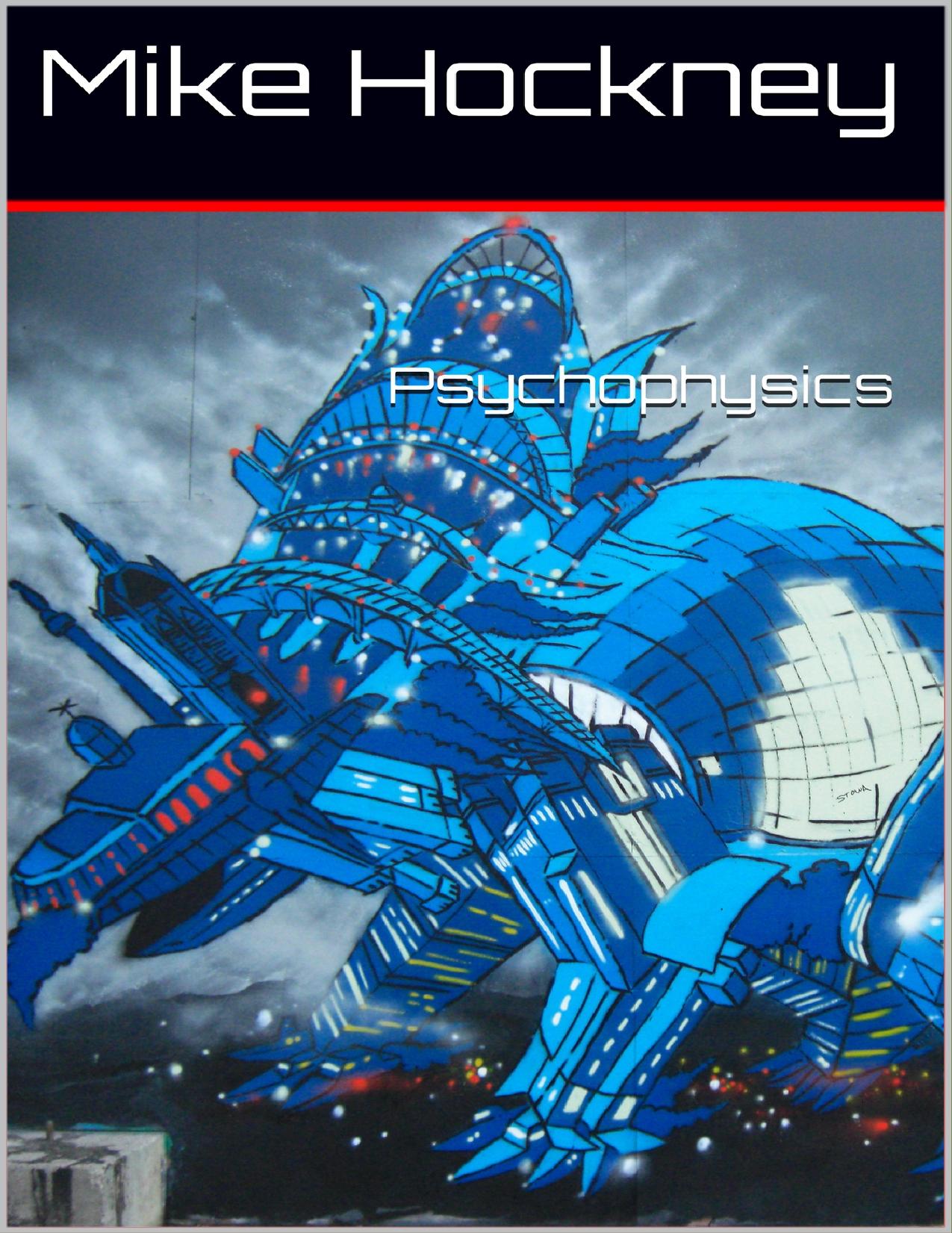Psychophysics (The God Series Book 27) by Mike Hockney

Author:Mike Hockney [Hockney, Mike]
Language: eng
Format: mobi, pdf
Publisher: Hyperreality Books
Published: 2015-05-08T23:00:00+00:00
Psychodynamics
1) Mathematical psychology = psychophysics or psychodynamics.
2) Physics and metaphysics = psychophysics.
Physics is turned into Psychophysics simply by adding a mental Singularity of monadic minds to material spacetime, by adding an ontological Fourier frequency domain to a Fourier spacetime domain. Is that so hard? Ontological Fourier mathematics handles all of this automatically.
Representation
Herbart agreed with Leibniz’s thesis that the mind is primarily a vis representativa (a power of representing). What it does, in the final analysis, is represent a world of mathematical sinusoids (noumena) as a world of sensory Content (phenomena).
Herbart insisted that soul-reals can be fully conscious of only one representation at a time. All the rest of the representations are therefore unconscious.
There are causal interactions between soul-reals and other reals (non-soul-reals = idea-reals). The reals are the noumena of which the events of our experience are the phenomena. Reals that, in themselves, are ultimately timeless and spaceless (i.e. they are eternal, immutable and necessary) produce the phenomena of space and time (just as Fourier timeless and spaceless frequency sinusoids produce the Fourier spacetime world). These timeless and spaceless reals can be linked to intelligible (mathematical) space and time, from which sensory (physical) space and time can then be derived perceptually.
The soul-real is a monad continuously interacting with other soul-reals, and also with idea-reals. Soul-reals are autonomous, complete and consistent sets of sinusoids, and idea-reals are the individual sinusoids.
*****
“So far as it represents or conceives, the soul is called mind; so far as it feels and desires, it is called the heart, or disposition.” – Herbart
Kant’s Conversion
“Kant was initially a metaphysical realist about primary qualities as spatialized forces (versus bare extended particles), before placing space among the appearances in his ‘critical’ period. Space becomes the subjective form in which transcendently real forces and relations appear.” – Wikipedia
The early Kant’s position was much more akin to Herbart’s philosophy. His puncta (point-atoms) were not unlike reals.
Change
In ancient Greece, Heraclitus was the great champion of change, while Parmenides was the equally prominent champion of non-change. Parmenides believed that true reality was unchanging and all perceived change was therefore illusory, and associated with falsehood. Plato thought he had reconciled the contradictory views of Parmenides and Heraclitus by positing an eternal, unchanging domain of perfect, immutable, necessary Forms, outside space and time, and a temporal, changing domain of imperfect, mutable, contingent, inferior simulacra of Forms in space and time.
The world of Becoming – always changing and in motion – is the physical world we perceive through our senses. The world of Being – always static and unchanging – is the world of Forms or Ideas that we apprehend via our intellect. This latter world is absolute, independent, and transcendent. It became the template for a perfect heaven beyond our imperfect world, hence was the obvious home of God.
The Stanford Encyclopedia of Philosophy says, “...Timaeus [in Plato’s book of that name] posits a distinction between what always is and never becomes and what becomes and never is. He goes on to connect each with its familiar
Download
Psychophysics (The God Series Book 27) by Mike Hockney.pdf
This site does not store any files on its server. We only index and link to content provided by other sites. Please contact the content providers to delete copyright contents if any and email us, we'll remove relevant links or contents immediately.
Enlightenment Now: The Case for Reason, Science, Humanism, and Progress by Steven Pinker(7228)
A Journey Through Charms and Defence Against the Dark Arts (Harry Potter: A Journey Through…) by Pottermore Publishing(4780)
The Immortal Life of Henrietta Lacks by Rebecca Skloot(4523)
A Journey Through Divination and Astronomy by Publishing Pottermore(4340)
Elon Musk by Ashlee Vance(4023)
Origin Story: A Big History of Everything by David Christian(3648)
COSMOS by Carl Sagan(3553)
Alchemy and Alchemists by C. J. S. Thompson(3447)
Bad Pharma by Ben Goldacre(3352)
Enlightenment Now by Steven Pinker(3333)
Shadow of Night by Deborah Harkness(3295)
Inferior by Angela Saini(3276)
A Mind For Numbers: How to Excel at Math and Science (Even If You Flunked Algebra) by Barbara Oakley(3217)
Origin Story by David Christian(3145)
The Code Book by Simon Singh(3073)
Signature in the Cell: DNA and the Evidence for Intelligent Design by Stephen C. Meyer(3070)
The Elements by Theodore Gray(2994)
A Brief History of Time by Stephen Hawking(2959)
A Journey Through Potions and Herbology (A Journey Through…) by Pottermore Publishing(2826)
